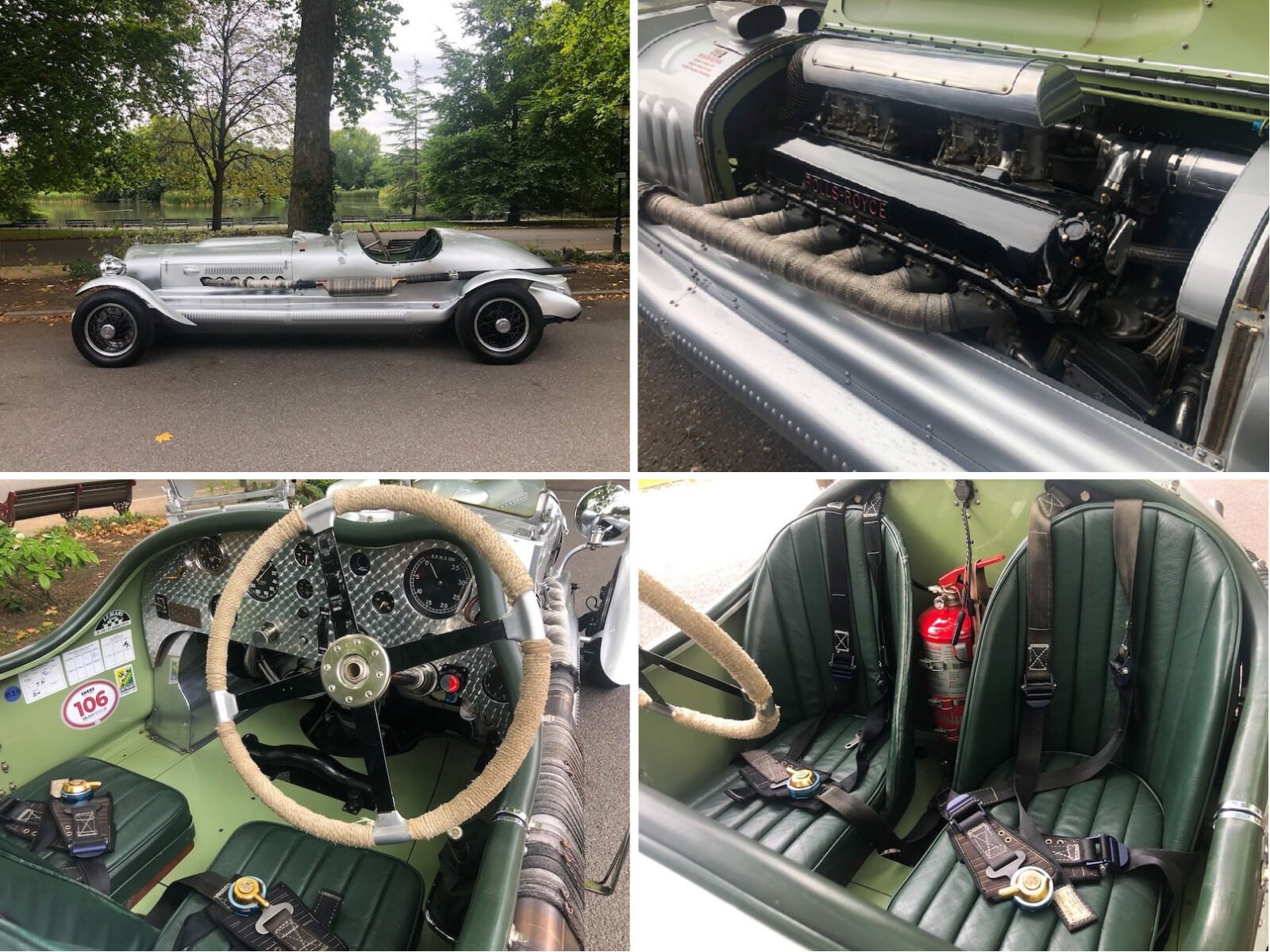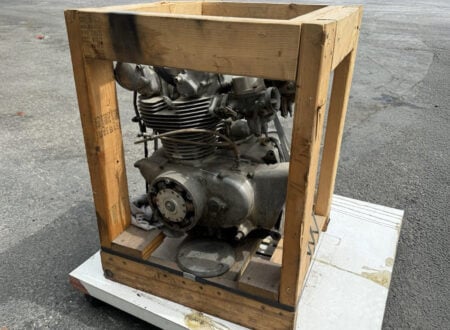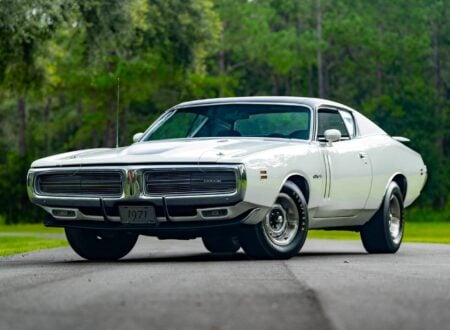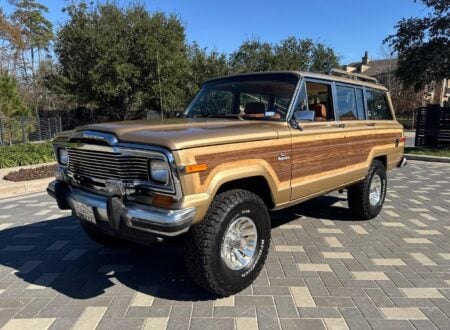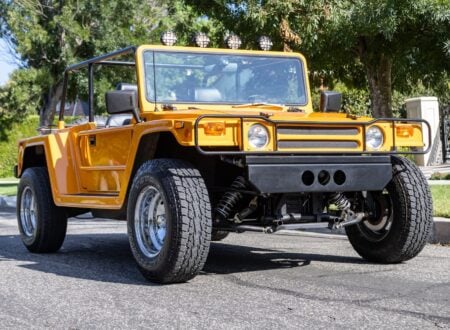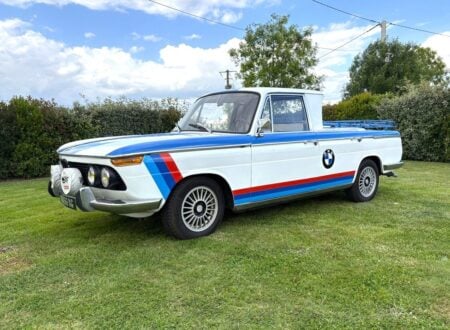This is a highly-modified Rolls-Royce, based on a 1930 chassis, that’s now powered by a 1,000 bhp, 27 liter Rolls-Royce Merlin V12 aero engine – the same V12 used by WWII fighters like the Spitfire and Hurricane.
Merlin-powered cars like this are always fascinating to look at, Jay Leno famously owns one and drives it around regularly in LA traffic. Many other examples exist around the world and there’s one thing that unites all of their owners – the ability to pay obscene sums for the sheer volume of gasoline the engine consumes.
Fast Facts: A Rolls-Royce Merlin V12 Special
- This one-off Rolls-Royce is built on a 1930 chassis and powered by a 1,000 bhp, 27 liter Merlin V12 aircraft engine, the same engine type that propelled WWII Spitfires and Hurricanes. The car can reportedly reach 120 km/h in first gear and 220 km/h in second, with a theoretical top speed near 350 km/h. Although no one has tried it for obvious reasons.
- The Merlin began life in the early 1930s as Rolls-Royce’s evolution of the Kestrel engine. First running in 1933, it was a 60º, liquid-cooled, supercharged V12 producing about 740 bhp initially, later improved to exceed 2,000 bhp in wartime service through progressive development in supercharging, fuels, and internal design.
- During World War II, Merlins powered nearly every major British combat aircraft, including the Spitfire, Hurricane, Lancaster, and Mosquito, plus the American P-51 Mustang thanks to the Packard-built versions. The introduction of two-stage, two-speed superchargers enabled strong high-altitude performance that gave Allied fighters a decisive edge in the air war.
- Over 160,000 Merlin V12s were produced in Britain and the United States. Its influence extended to the Meteor tank engine and the postwar Meteorite V8. After the war, surplus Merlins found their way into hydroplanes, tractors, and eccentric road cars like this extraordinary Merlin-powered Rolls-Royce now for sale in Germany.
History Speedrun: The Rolls-Royce Merlin V12
The Rolls-Royce Merlin was more than just an engine – it was one of the British RAF’s most important power plants during World War II, and it powered major aircraft from the era including the Spitfire, Hurricane, Lancaster, Mosquito, and dozens of other fighters and bombers.
Above Video: This vintage documentary takes a look at the history of the Merlin V12, and just why it was so crucial to the Allied war effort.
The Merlin was conceived in the early 1930s, it began as a logical evolution of the Rolls-Royce Kestrel aero engine, a proven liquid-cooled V12 used in RAF fighters and bombers of the time. Rolls-Royce’s chief engineer, Arthur Rowledge, set out to develop a new powerplant that could sustain higher boost pressures and handle the demands of modern airframes emerging from designers like Mitchell and Camm.
The result was the PV-12 prototype, so named for “Private Venture,” which would later be christened “Merlin” in keeping with Rolls-Royce’s tradition of naming engines after birds of prey.
The first Merlin ran in October 1933. Its was a 27 liter, 60º, liquid-cooled V12 with a single-stage, single-speed supercharger and a single overhead cam per bank actuating two valves per cylinder. It produced approximately 740 bhp at first, but its potential for vastly higher power outputs was obvious.
By 1936, Rolls-Royce had refined it into a reliable production engine delivering over 1,000 bhp. When war broke out, continuous refinement turned that figure into 1,500 bhp and beyond, in some cases well beyond.
Merlin production evolved through 50 main variants and thousands of sub-types, with steady improvements to supercharging, carburation, and fuel/octane tolerance. The Merlin II and III powered early Hurricanes and Spitfires during the Battle of Britain, while later marks – most notably the two-stage, two-speed supercharged Merlin 61 family – offered additional power into elevated flight levels, giving the Spitfire Mk IX a decisive edge at high altitude.
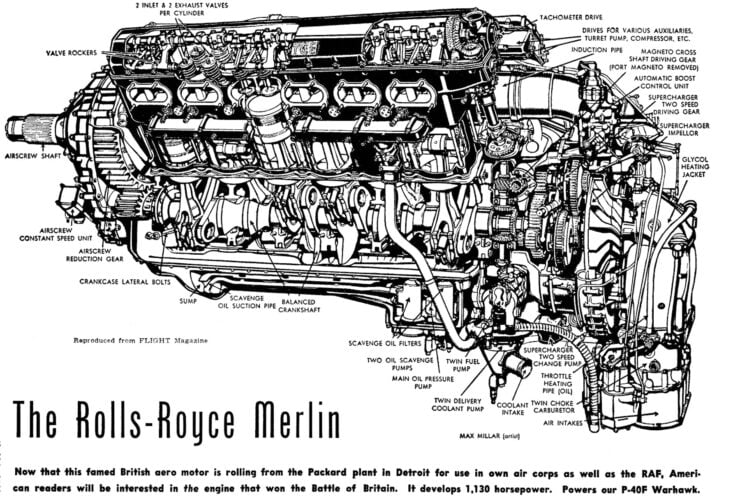
That transition to two-stage supercharging was the single biggest leap for the type, keeping serious power on tap through the high-20,000 and into the low-30,000 foot range where early, single-stage Merlins had seen their power fade off rapidly.
The Merlin also powered nearly every major British and Allied fighter or bomber of the war. As mentioned higher up, it powered the Spitfire and Hurricane, it drove the Avro Lancaster, Handley Page Halifax, de Havilland Mosquito, and the American P-51 Mustang (in Packard-built form of course).
The Mustang originally used the Allison V-1710, which lacked high-altitude performance, but once fitted with the Packard V-1650 – a license-built Merlin – the transformation was extraordinary. The Mustang became one of the most capable long-range escort fighters of the war, and its success was owed as much to Rolls-Royce engineering as to North American Aviation’s airframe.
The Merlin used a 6:1 compression ratio with a 5.4 inch bore and 6 inch stroke. Early versions used an updraft SU carburetor that suffered fuel starvation under negative-G – this was mitigated first by the famed “Miss Shilling’s orifice,” then by adoption of Bendix-Stromberg pressure-type carburetors on later series for reliable negative-G operation.
The cooling system ran pressurized ethylene glycol to reduce radiator drag. The engine’s distinctive snarl came from its gear-driven supercharger and the howl of those 12 cylinders firing, and sending out the exhaust with not even a whisper of a muffler.
Across wartime and immediate postwar production, the total number of Merlins that were built vary by source, sometimes significantly. A conservative figure is just under 150,000 – a detailed breakdown commonly cited gives ~168,000 in all, including ~55,500 Packard-built Merlins in the United States, ~82,000 from Rolls-Royce factories in Derby/Crewe/Glasgow, and ~30,400 from Ford of Britain’s Trafford Park “shadow factory.”
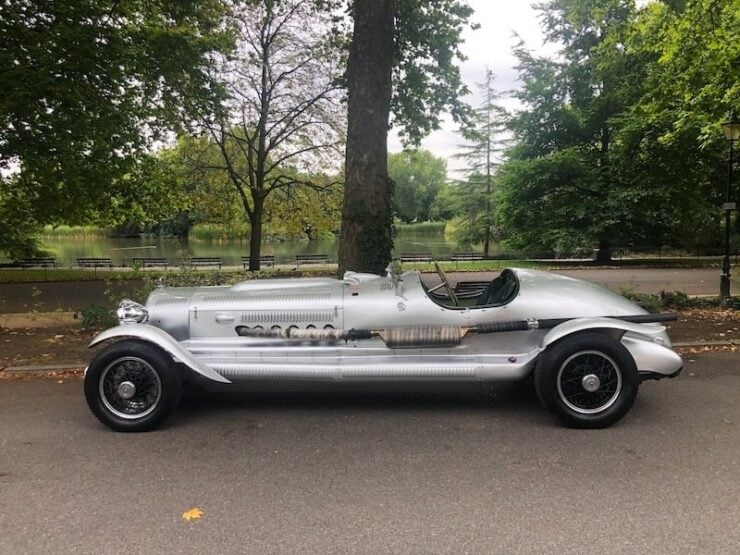

However you slice it, the industrial feat was enormous, spanning Britain’s shadow-factory network and a transatlantic license-production program. Quality remained high under pressure, something that can’t be said for all of the wartime production effort.
The Merlin’s versatility would extended beyond aircraft and the RAF – Rolls-Royce engineers developed the Meteor, a de-rated, unsupercharged Merlin adapted for use in tanks. It powered the Cromwell, Comet, and later the Centurion, giving British armor a fast, dependable power unit that could take serious punishment.
A postwar V8 derivative, the Meteorite, served in heavy vehicles and marine applications. After the war, surplus Merlins found new homes in hydroplanes, racing specials, tractor pulling competition, and the occasional road car – proof that the engine wasn’t limited to warbirds.
By the end of the war, the Merlin’s output had nearly doubled from its early form, with late-series Merlins like the 130 and 131 topping ~2,000 horsepower on high-octane fuel with intercooling. The engine remained in RAF service into the 1950s, and its larger-displacement successor, the Griffon V12, carried the line into the jet-age handover.
The Merlin V12-Powered Special Shown Here
The car you see here is an interesting one-off Rolls-Royce Merlin V12-powered special that is said to have been built 50+ years ago – making it one of the oldest Merlin-engined cars ever made. We have covered other Merlin (and Meteor) powered cars over the years and the only thing that’s true of all of them is that no two are alike.
Though the eBay listing is written in German, the basic translation is that this car was built on a 1930 Rolls-Royce chassis, it has custom bodywork, it was built 50 years ago, it’s powered by a Merlin V12, and it has a theoretical top speed of 350 km/h – although you’re strongly advised not to attempt it.
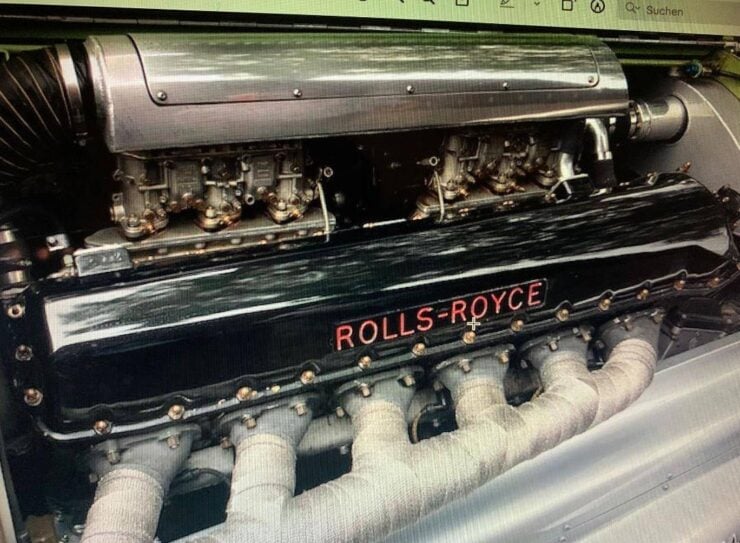

The ad notes that the car can do 120 km/h in first gear, 220 km/h in second, and third gear remains unknown as no one has ever had the stones to try it (presumably). The car has full UK road registration and can be driven on the street, though the output of 1,000 bhp and the fact that the exhaust is barely muffled would ensure it drew a significant crowd.
It’s now being sold out of Friedrichshafen in Germany and you can visit the listing here if you’d like to read more about it or place a bid.
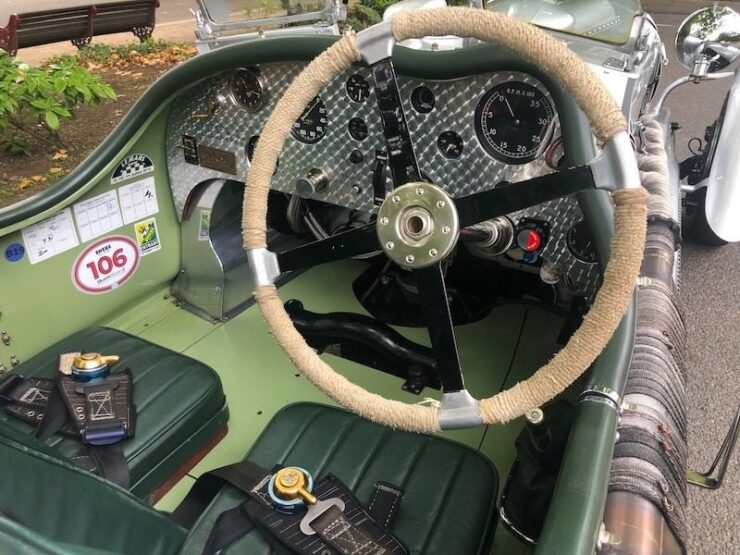
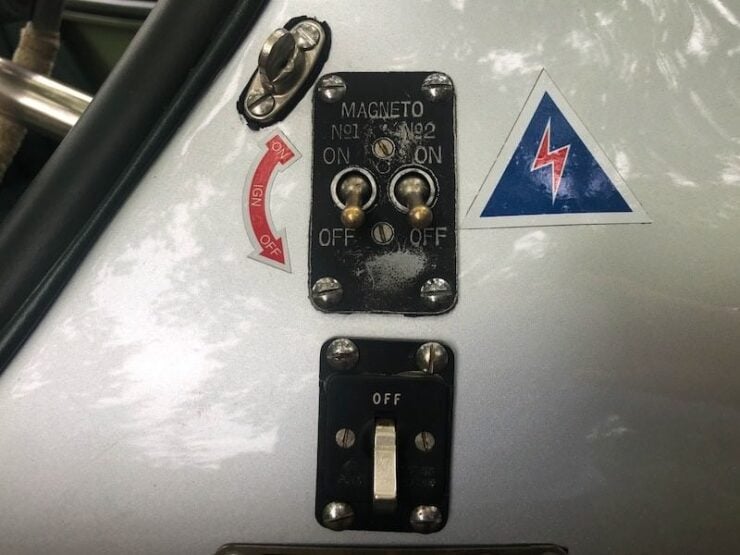
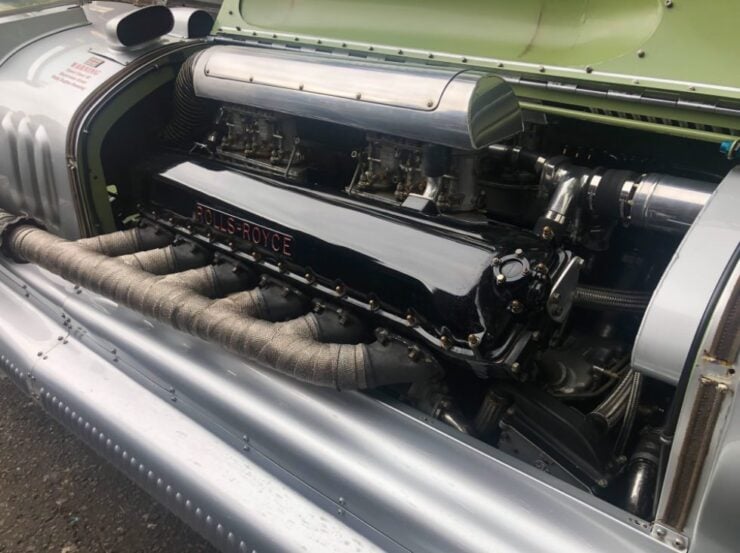
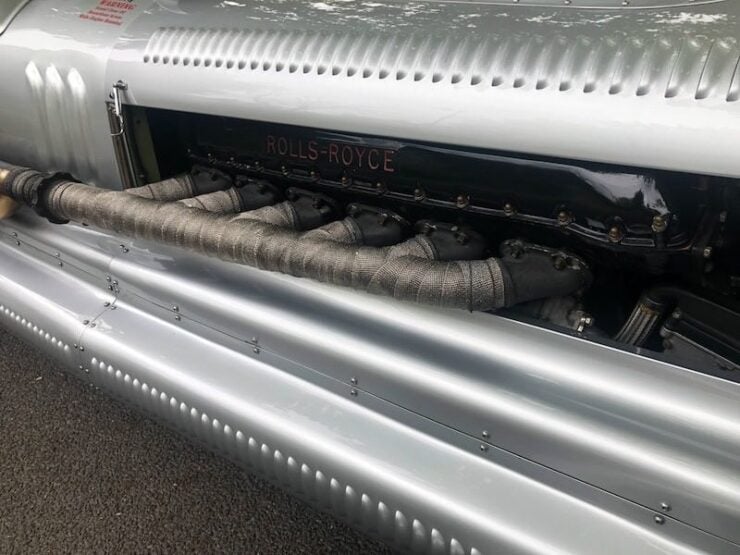
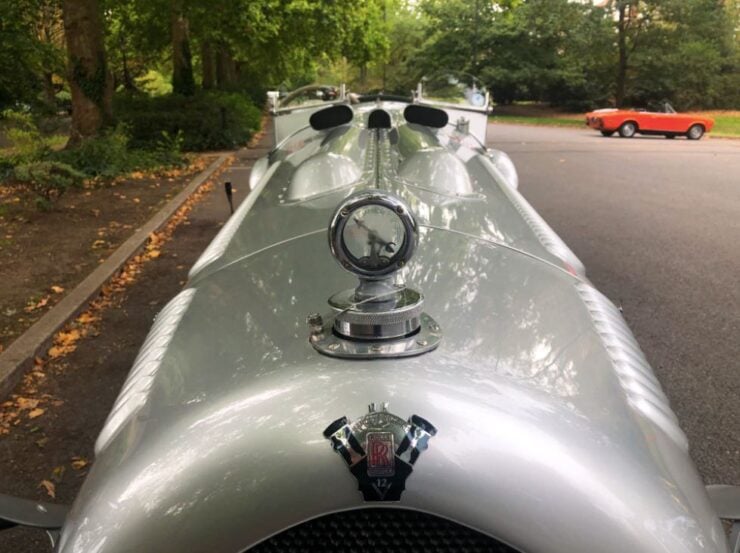
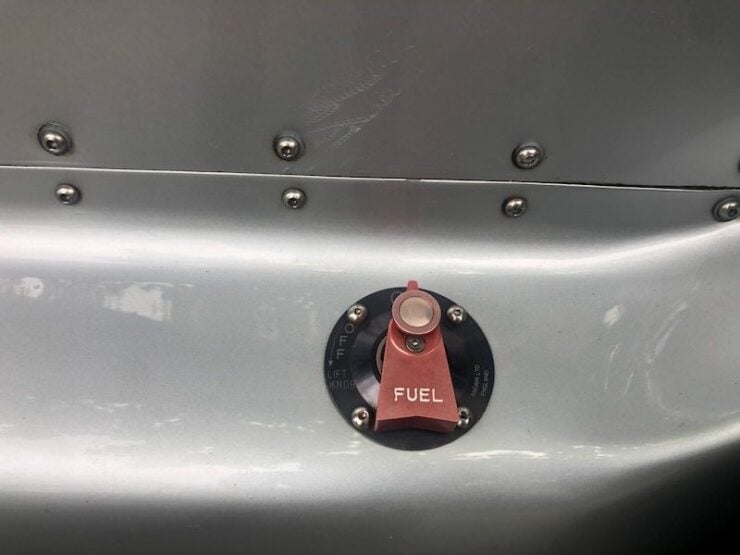
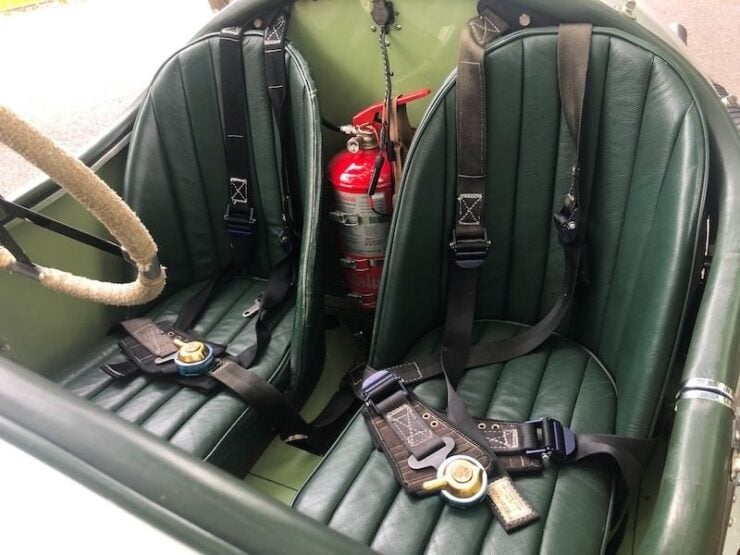
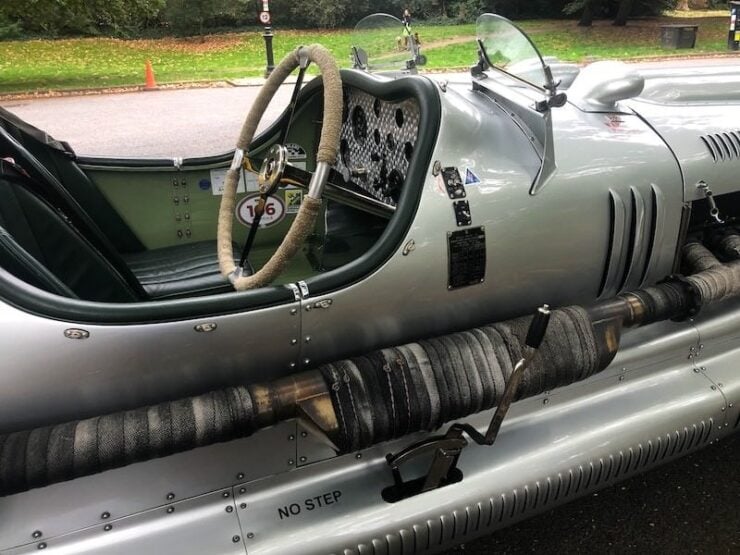
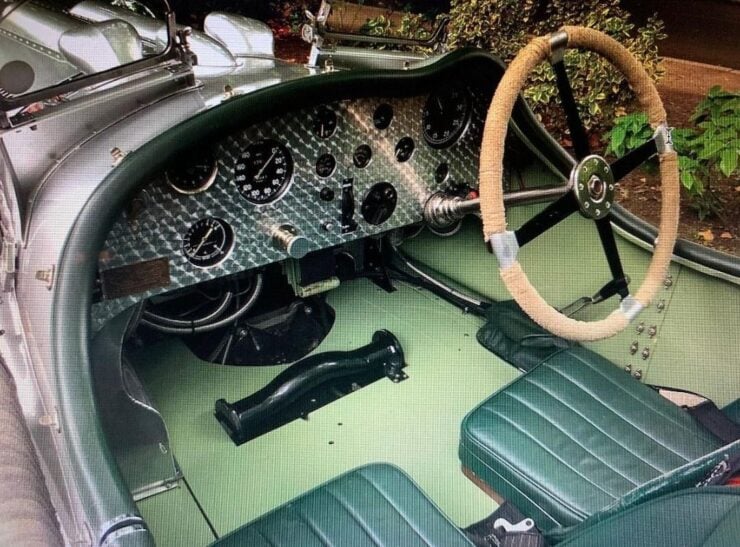
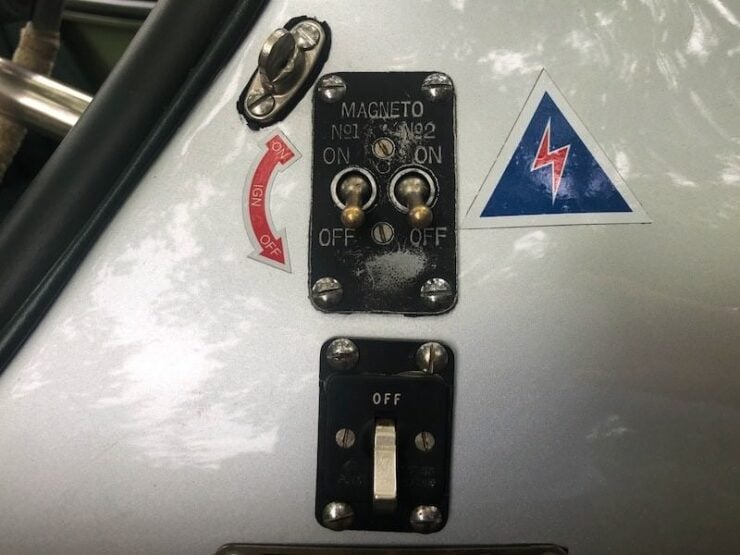
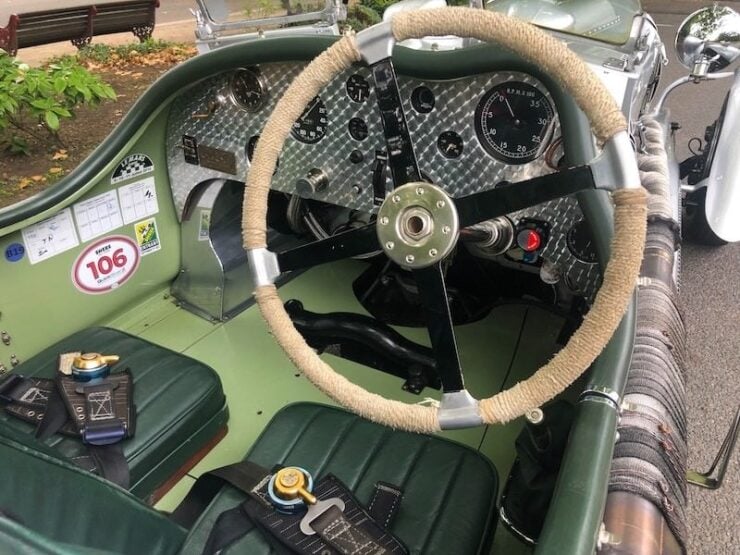

Images courtesy of the eBay Seller

